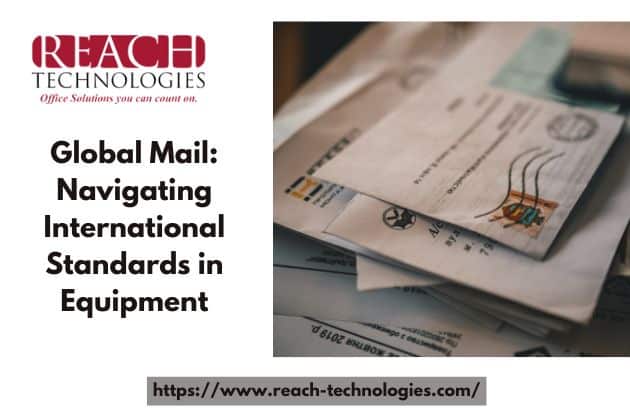The global marketplace has transformed the way we conduct business. Gone are the days of geographically restricted trade; today, companies can source materials and equipment from across the globe. This interconnectedness offers a vast array of options and fosters competition, often leading to more affordable and innovative products. However, venturing into the international equipment market comes with its own set of challenges, particularly when it comes to navigating the complex world of international standards.
This blog post serves as a guide for businesses that import or export equipment, helping them navigate the maze of international standards and ensure their products comply with regulations in their target markets.
Understanding International Standards
International standards are technical specifications that define the characteristics of a product, process, or service. These standards are established by international organizations like the International Organization for Standardization (ISO) and the International Electrotechnical Commission (IEC) to ensure product safety, quality, and compatibility.
Here’s why international standards are important:
- Safety: Standards are often established with safety as a top priority. They help to minimize the risk of accidents and injuries associated with equipment use.
- Quality: Standards ensure a certain level of quality for products. This helps businesses maintain consistent performance and avoid product failures.
- Compatibility: Standards promote compatibility between products from different manufacturers. This allows for easier integration and reduces the risk of technical glitches.
- Market Access: Compliance with relevant standards can be a prerequisite for selling equipment in certain countries.
The Intricacies of International Standards
While international standards offer a valuable framework, navigating them can be complex. Here’s why:
- Variations Across Regions: Standards can vary from region to region. The European Union (EU) has its own set of standards (CE Marking), while the United States has its own set established by organizations like ASTM International and Underwriters Laboratories (UL).
- Multiple Standards for One Product: A single piece of equipment may need to comply with multiple standards depending on its function and intended use.
- Staying Up-to-Date: Standards are constantly evolving, so it’s crucial to stay updated on the latest revisions to ensure continued compliance.
Equipping Yourself for Global Trade
Here are some steps businesses can take to navigate the complexities of international standards:
- Identify Relevant Standards: Research the specific standards required for your equipment in your target markets. Resources like government websites and industry associations can be helpful in this process.
- Partner with a Compliance Consultant: Consider working with a consultant specializing in international standards compliance. They can provide guidance on navigating the regulations and assist with the testing and certification process.
- Seek Accreditation: Depending on the standards, accreditation from a recognized testing laboratory may be necessary. This demonstrates that your equipment has been rigorously tested and meets the required specifications.
- Maintain Documentation: Keep meticulous records of all compliance documentation, including test reports, certificates, and declarations of conformity.
The Benefits of Navigating the Standards Maze
While navigating international standards can seem daunting, the benefits are substantial:
- Market Access: Compliance opens doors to new markets and potential customers worldwide.
- Reduced Risk: Meeting safety standards minimizes the risk of product liability lawsuits and ensures the safety of users.
- Enhanced Reputation: Demonstrating a commitment to international standards fosters trust and credibility in the global marketplace.
- Competitive Advantage: Compliance with stringent standards can set your product apart from competitors who don’t prioritize international regulations.
Conclusion
The global marketplace presents both opportunities and challenges. By understanding the importance of international standards and taking proactive steps to ensure compliance, businesses can navigate the complexities of global equipment trade. This not only opens doors to new markets but also fosters trust, enhances reputation, and paves the way for successful international business ventures.
Additional Resources:
- International Organization for Standardization (ISO): https://www.iso.org/home.html
- International Electrotechnical Commission (IEC): https://www.iec.ch/homepage
- European Commission: Internal Market for Goods: https://europa.eu/youreurope/business/product-requirements/compliance/index_en.htm
- American National Standards Institute (ANSI): https://www.ansi.org/

